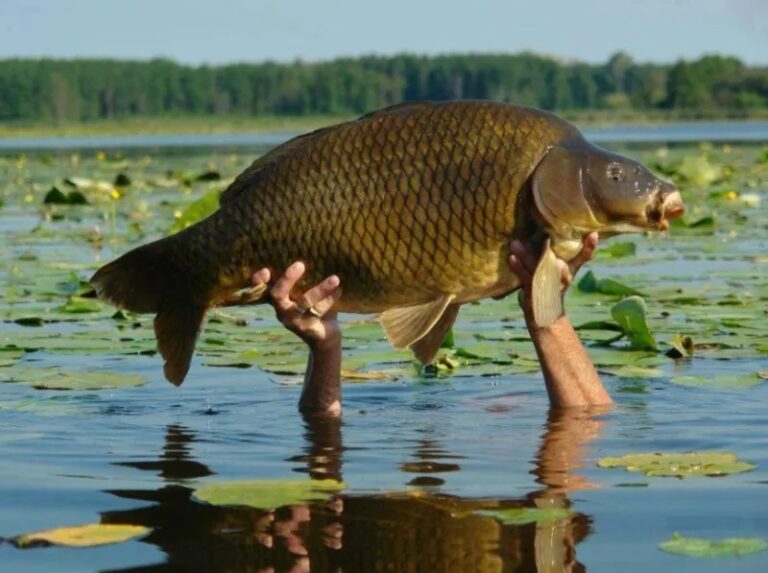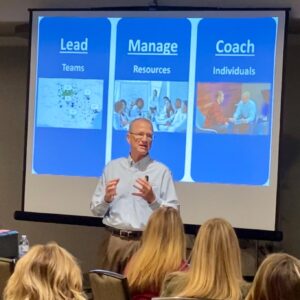I know why I want to segment my customers, but How do I go about segmenting them?
In our last blog, we covered why you want to segment your customers…. increased sales, increased profits, increased sales productivity, gaining clarity on who to call on and what products or services to offer them. Now comes the meat and potatoes of getting the segmentation done.
Before we head too far down the path, let’s look at a perfect example of market segmentation. Shopping Malls are one of the best at it. Like it or not, their products, advertising and the rest of their marketing campaigns are geared directly at a particular segment. Stroll through your local mall and you will quickly see their stores target the 14-19-year-old female customer. This segment spends a lot more money on clothes over the course of the year and is the focus of the shopping mall. If you are not in this category like me, you will begin to feel like a fish out of water a bit (however, I am starting to identify with the mall walkers more and more). You will quickly get the vibe that the mall is set up for the local teens. A key concept to recognize- the segment that you are targeting doesn’t necessarily have to be like the segment you are targeting, they have to WANT to be like that segment. What does that mean? I see ads all the time where a pro athlete uses a particular product. Obviously, I’m not actually a pro athlete, but the ad is targeting my Wanting to be like that pro athlete.
Back to the farm and segmenting the Ag Producer. Below are the four standard categories to start with.
- Geographic – Geography is the very first place to start. If you don’t or can’t get product to a geography, then that area is out of the analysis. Most of us are in a territory prescribed by our company – our sand box. Lay out the map of your sand box and begin to draw conclusions around where Ag producers are. In Agriculture, this is often very easy as the USDA has multiple layers of data on food and feed production & usage as well as export/import numbers. It takes some navigation, but the info is there. Key point– do this analysis independently of where you personally live or where your sales person lives. It is difficult because a sales person typically wants to go to the closest customers. This is ok if they are the right customers.
- Demographic – Set the geographic info aside and now start coming up with demographics of the customers you think are out there. This category sorts them by Income size, size of operation, acreage, number of animals produced, education level, etc.
- Behaviors – Now set aside the demographic data and start to look at behaviors. Here are some that come to mind…. buys direct only, buys from a retailer…. shops on line…. needs on farm sales person….price shopper…..loyal to a brand…..techy…always wants a deal…..uses multiple suppliers…uses a single supplier…..
- Psychographic – Getting a little deeper into the decision making process of our customer, we need to look at areas around Lifestyle…Attitudes….Interests….Stages of Life. While this category can sound like we are getting lofty or into some form of psychobabble, it’s is very helpful in designing ads and marketing campaigns. The first three categories (Geographic, Demographic, Behavior) get you into the ball game or should I say onto the right farm with a qualified – paying customer. Then, you close the deal by getting the right Psychographic segmentation done – This tells the customer “This sales person/company GETS ME”
Next we start to layer these four categories over each other in different combinations to come away with groupings and categories of customers that are specific to your geography. Find the common thread and try to get 80% of the market into one of 4-6 segments at most. Four is good. Over 6 is getting a little hard to wrap your mind around. If there legitimately is that many segments, then try to narrow down the focus to those categories you want to sell to.
A final touch to segmentation is to assign names to the segments. This may sound like a negative thing to do, but it makes communication amongst your sales team so much easier when you have names for the segments as opposed to long descriptions. Names can be actual names…Carl, Jody, Frank. They could also be something a little more descriptive…Price shopper, retail shopper, big box store buyer, progressive, technologically challenged, hobbyist, etc.
Now that we have our segments figured out, what do I do with them? – look for future blogs on what to do with the segments. Also look for future blogs on Segmenting your Ag Sales Team!
Good luck and let me know how it goes




